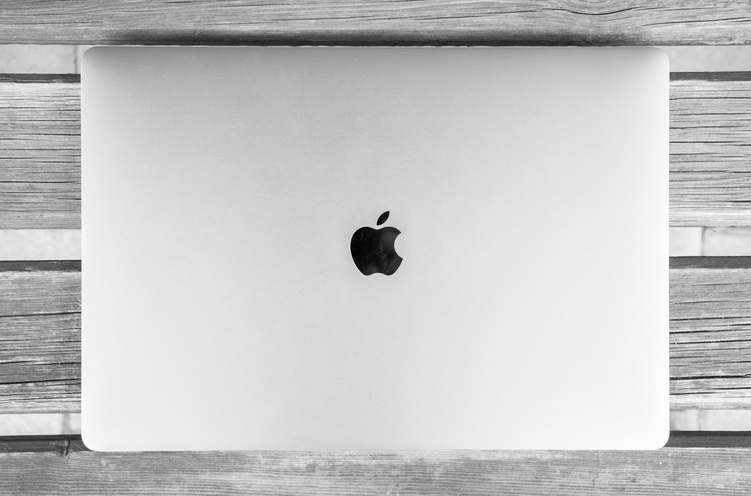
You may be a bit lost after turning on a Macbook for the first time. Even having experience with Windows and computers, in general, does not guarantee an easy time learning all the ins and outs of a Mac.
Of course, the more you use the Macbook, the better you will become. However, some users cannot afford to wait, and they would rather take a more proactive approach. If you fall into a similar category, you will find more info here. Read the tips below and turn them into habits that improve your Macbook skills.
Tip #1 – Learn Keyboard Shortcut
Keyboard shortcuts should be one of the first things you need to focus on. You can find every shortcut on the official Apple website and pick the ones you want to learn first.
However, it is a good piece of advice to focus on memorizing Command + W for closing a browser tab, Command + Space to launch Spotlight search bar, Option + Command + Delete to permanently remove files, and Shift + Command + 4 to capture a portion of the Macbook’s screen.
Tip #2 – Optimize Internet Browser

A poorly-running internet browser will not help you. We rely on the internet to find information for studying or working. And if it takes for a website to load a long time or the internet browser continues to crash, forget about efficiency.
It is important to have an internet browser you can rely on. Thankfully, there are many alternatives, and you can try different browsers to decide which one fits your needs or performs the best.
Nevertheless, keep tabs on the browser’s extensions, caches, and available updates so that it does not get out of control and becomes unusable.
Tip #3 – Use Dictation Feature
A dictation feature is a neat tool that can save you a lot of time in certain situations. For example, you might have your hands full but would still like to record a text. Holding a document in one hand means that you cannot type efficiently.
Dictating also relieves your fingers from the strain that you get from constantly typing. It might be unusual at first, but once you get the hang of the dictating tool, you will realize how much it has to offer when the situation is right.
Tip #4 – Remove Desktop Clutter
All the clutter on your Macbook’s desktop is a hindrance to the computer performance and your concentration.
Seeing applications for entertainment, such as video games, on the desktop, makes you wonder if you could take a short break and enjoy yourself a bit. But video games can be pretty addicting, and you may lose track of time.
As for the Macbook performance, every desktop icon consumes system resources, especially when you switch between the desktop and another tab. It would be better to move desktop files to another location.
Tip #5 – Disable Notifications

Go to the Notification Center and disable notifications from Macbook applications. They are a distraction, just like a smartphone, and constant messages and pop-ups make it difficult to concentrate on work.
The Notification Center also gives you an option to activate the Do Not Disturb feature in which you can set a timeframe when you do not want to receive any notifications. For instance, if you work from 9 to 18, change the settings, and the Macbook apps will not bother you with notifications.
Tip #6 – Download Useful Applications
While built-in tools like Spotlight and Time Machine are great, you should not limit yourself to using only those applications that already come with a Macbook.
If you are interested in keeping track of how much work you do, plan your schedule, communicate with colleagues on a reliable communication platform, then do not hesitate and browse all the available options in the official app store as well as third-party sellers.
Tip #7 – Take Care of Your Macbook

If a Macbook has been running for a while, you may notice that applications take longer to load, or there are constant crashes and freezes.
Taking proper care of the computer should be a priority. Remember to remove dust and dirt that accumulates inside the Macbook, free up hard drive space, install system updates, scan the drive for malware and viruses, and prevent memory leaks by restarting the Mac regularly.
Also, keep close tabs on the Macbook news and take an opportunity to upgrade the computer whenever one is available.
Tip #8 – Preserve Battery Life
You will have a difficult time working on a Macbook efficiently if the computer has problems with battery life. And the problem becomes prominent when you do not have access to an electric socket but still need to use the Mac.
Preserve the battery life by closing unnecessary applications, shutting down the computer instead of putting it to sleep mode, and unplugging the charger when the battery is at 100%.